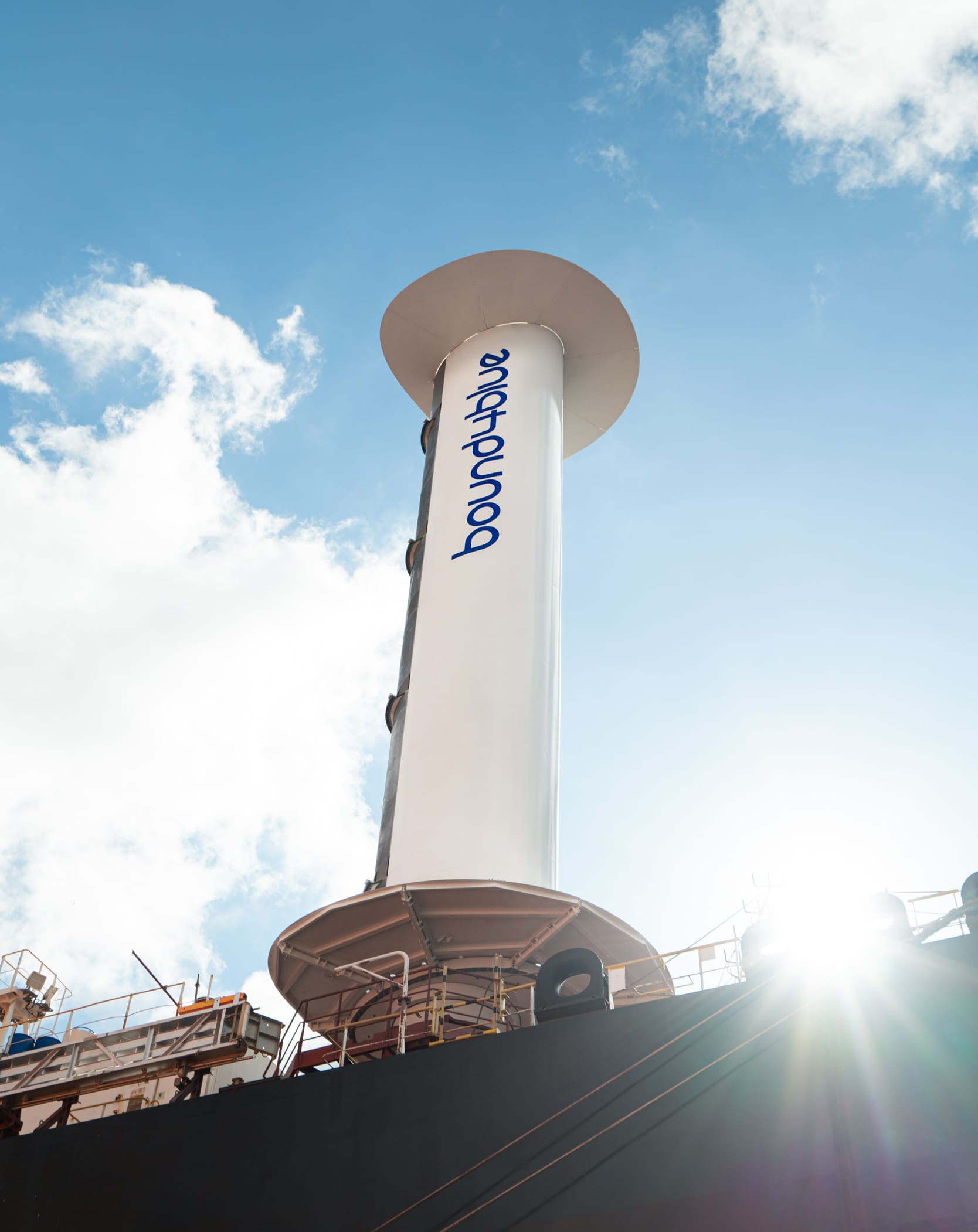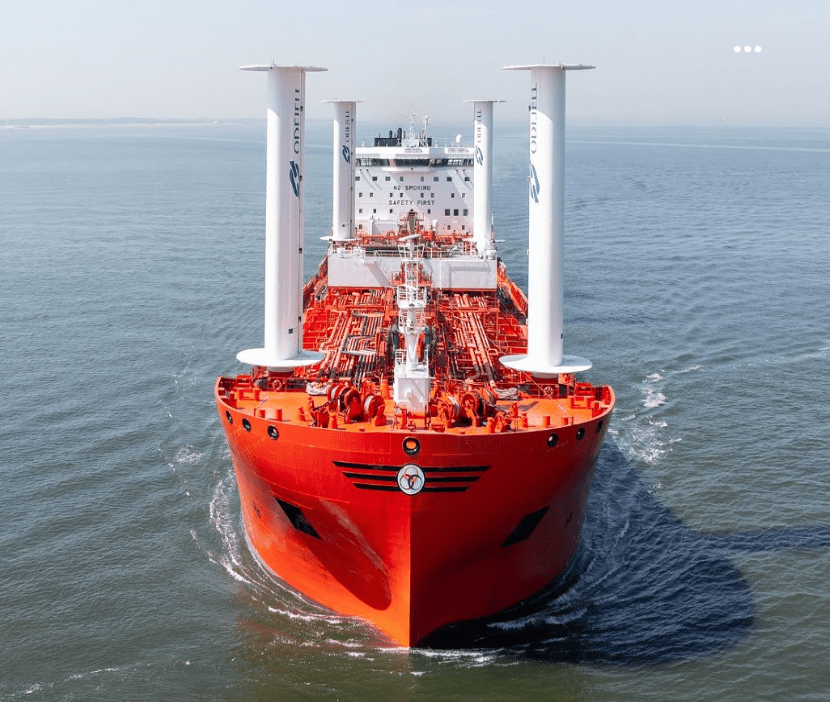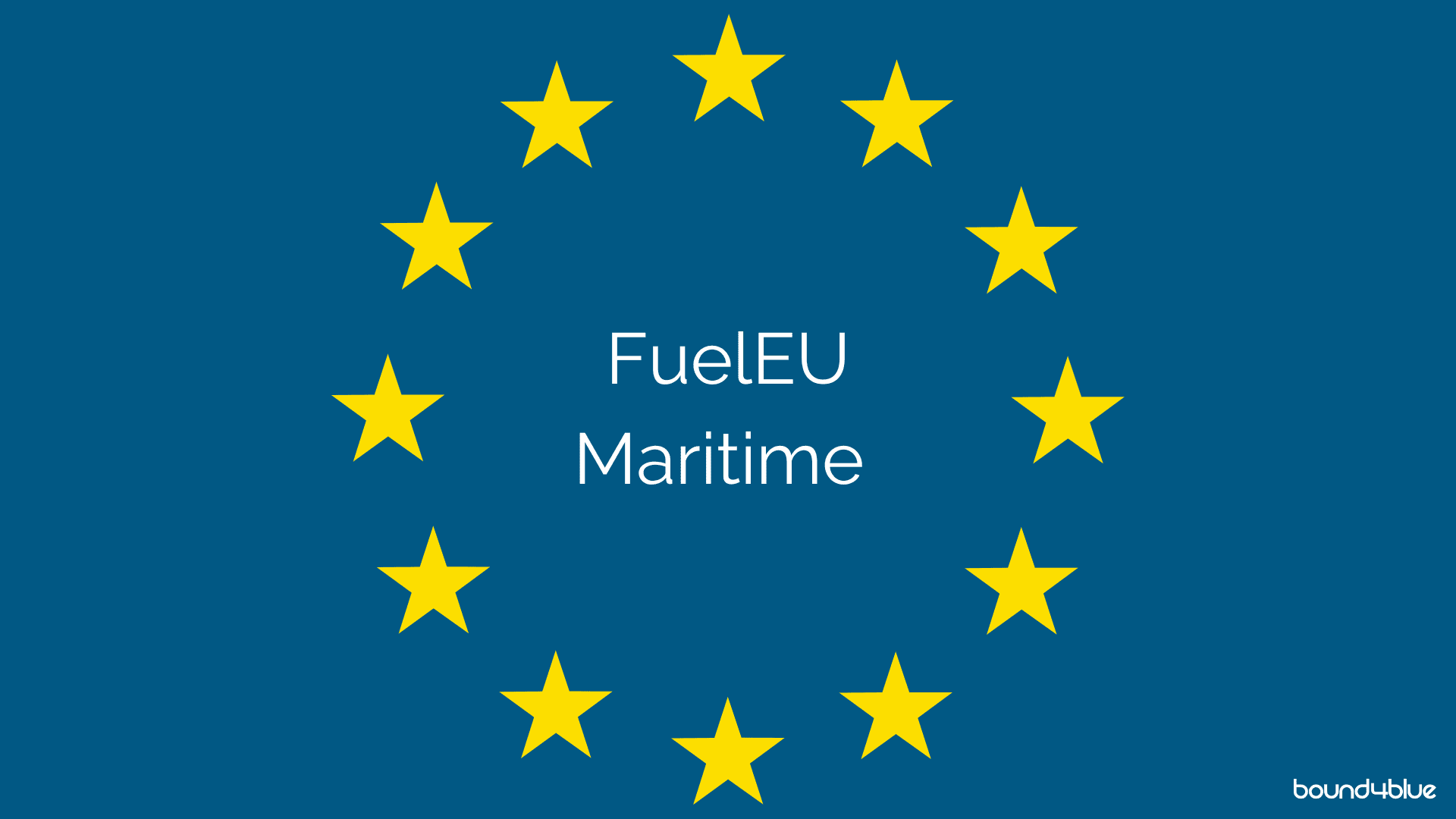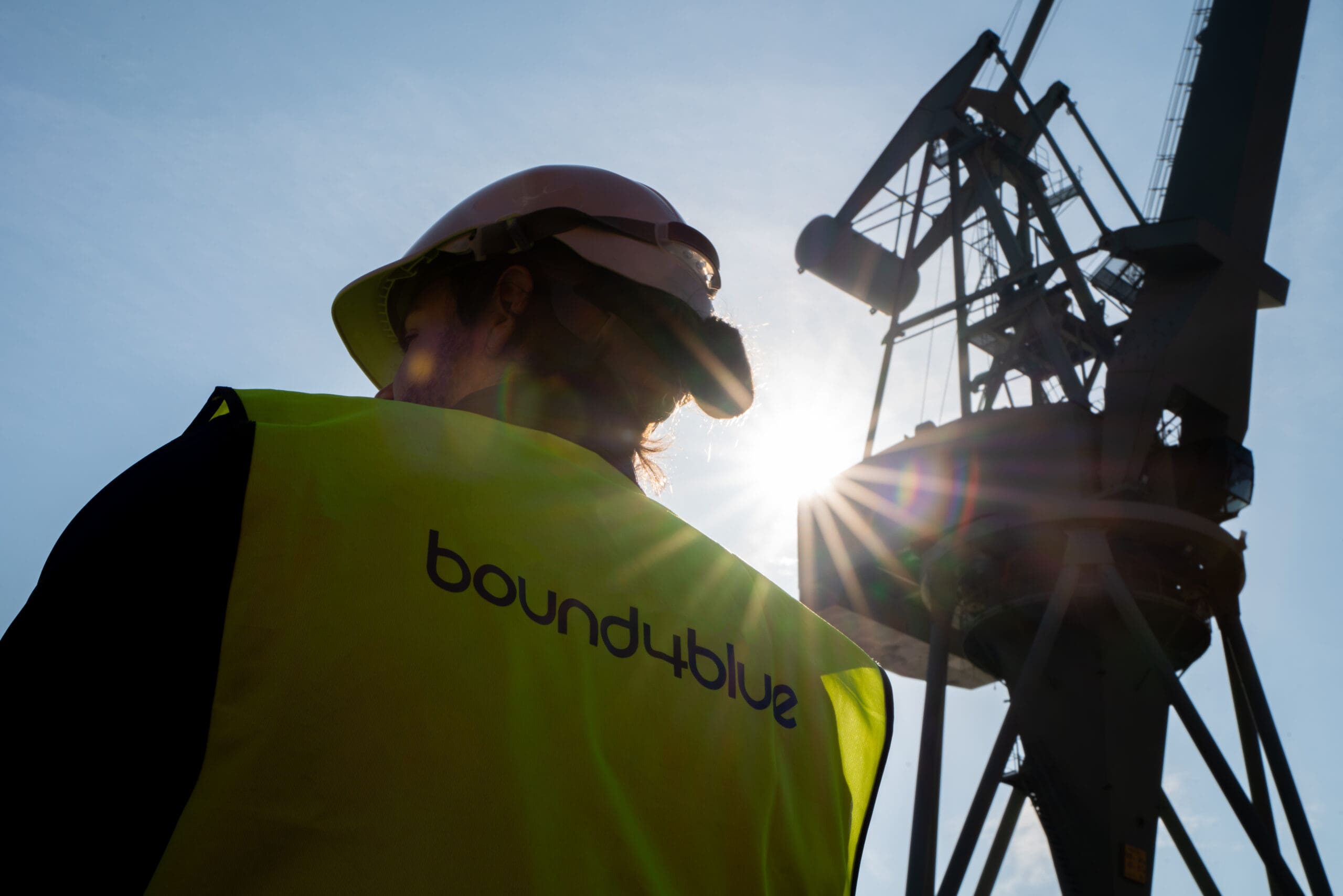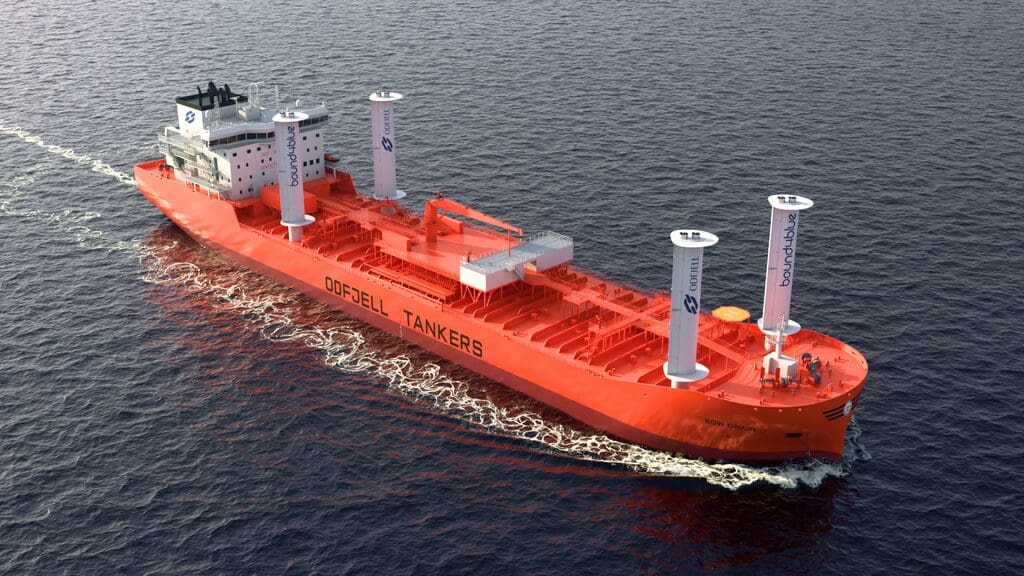News
How to decrease fuel consumption in ships: practical strategies for maritime operators
Published
30 July 2025
To decrease fuel consumption in ships, operators can implement strategies such as slow steaming, hull maintenance, optimized weather routing, and innovative technologies like wind-assisted propulsion systems. These approaches not only cut operational costs but also help reduce emissions and meet increasingly stringent environmental regulations. Here we examine some key technologies, methods and considerations for more sustainable sailing.
Decarbonization is the main mission for the maritime industry, as we chart a course towards a net-zero destination in 2050. But how can we, right now, work to decrease fuel consumption in ships? What options are available and how can traditional and innovative approaches combine to maximize impact and accelerate the transition?
It’s a challenge that has shipowners and operators worldwide scratching their heads, searching for answers amongst an ocean of information, and often competing viewpoints. But does it have to be so taxing?
Let’s try a simplified approach, starting with the absolute basics.
Why reducing fuel consumption matters
Reducing fuel consumption in ships is no longer just about cutting costs – it’s also imperative when meeting a new generation of environmental standards, maintaining competitiveness, and securing a future where shipping remains at the very vanguard of global trade.
Fuel accounts for a significant chunk of a vessel’s operating expenses, and with fuel prices fluctuating and regulations tightening, finding ways to decrease consumption has become a priority for owners and operators alike.
And, of course, in a world trying to wean itself off fossil fuels and arrest global warming, less fuel consumption means less emissions. A simple truth that is driving the IMO, EU and other regulatory bodies to introduce strict legislation actively pushing for cleaner, greener shipping practices.
Seen from this perspective, adopting fuel-saving strategies becomes not only economically smart but absolutely necessary.
Traditional methods to decrease fuel consumption
Traditionally, maritime operators have employed several practical strategies to reduce fuel consumption. Here are some of the most commonly used methods:
- Slow steaming: By reducing speed, ships consume less fuel, as the relationship between speed and fuel use is non-linear (decreasing vessel speed by 10% can cut overall energy use by 20 to 30%).
- Hull maintenance: A well-maintained hull offers less resistance in the water. Regular cleaning to remove biofouling and applying specialized coatings can reduce drag, keeping the vessel more fuel-efficient.
- Efficient route planning: Leveraging advanced weather routing and navigation technologies ensures that ships take the most direct and fuel-efficient paths, avoiding harsh conditions that could increase resistance and fuel consumption.
- Trim and ballast optimization: Maintaining the optimal balance and trim of the vessel reduces drag and ensures smoother sailing, thus conserving energy.
While these methods are tried and tested, delivering significant benefits, there’s a ‘ceiling’ to their impact. So, how can we break through that, creating not just savings, but transformational change?
That’s where innovation steps in.
Innovative technologies to reduce ship fuel usage
Tradition will only take you so far. Sometimes you have to look to the next big thing.
Thankfully, in maritime terms, there’s no shortage of potentially huge innovations for shipping companies to embrace. Some of the most trusted, and transformative, include:
- Wind propulsion
An increasing number of industry players – such as Maersk Tankers and Odfjell – see the answer to enhanced sustainability blowing in the wind.
Wind propulsion solutions, unlike the above traditional methods, which primarily focus on optimizing existing systems, utilize the latest breakthrough technology to reduce engine load by harnessing a readily available, free and instantly accessible natural force.
bound4blue’s autonomous suction sail technology, for example, leverages the power of the wind to significantly cut fuel consumption, often by 20-30% in optimal conditions, driving down costs, emissions and simplifying compliance. The suction sails can be retrofitted to various types of ships, or newbuilds, integrating seamlessly with conventional propulsion systems, or other alternative energy sources.
While sails may conjure images of historic maritime travel, modern wind-assisted propulsion systems are anything but outdated. Technological advancements have made these systems efficient, reliable, and scalable, capable of making a real difference in fuel reduction without compromising operational efficiency.
- Hybrid propulsion systems
Hybrid prppulsion combines traditional diesel engines with electric power sources, optimizing fuel usage based on the operational profile.
Particularly beneficial in short-sea shipping and ferries, these systems reduce emissions by using electric power when speeds are lower or during port operations.
- Energy recovery systems
Another innovative approach involves harnessing waste energy. Systems that capture exhaust heat and convert it into usable energy help lower overall fuel consumption by maximizing the efficiency of the ship’s power plant.
- Air lubrication systems
Air lubrication, which involves creating a layer of tiny air bubbles between the ship’s hull and the surrounding water, has grabbed increasing headlines in recent years. These bubbles reduce friction, allowing the vessel to move more smoothly through the water, leading to fuel savings and reduced CO2 emissions.
How bound4blue is leading innovation
bound4blue is at the forefront of wind’s “second coming” within maritime, with the DNV Type Approved eSAIL® system dragging air across an aerodynamically optimized surface to create exceptional lift and propulsive force. This innovative use of suction allows the units to generate the same force as non-suction sails with six to seven times less surface area.
If you think suction is a drawback, think again. Not only does the data support its superior performance, but reality at sea proves its practicality. The eSAIL®’s fan-based system requires minimal maintenance – it’s essentially a robust industrial ventilator, easy to access and rarely in need of repair. In contrast, large non-suction sails often rely on complex folding structures and multiple moving parts, translating into significantly higher maintenance demands and operational complexity.
In other words, simpler, more compact installations, with reduced deck space requirements, lighter weight, and easier retrofitting across a wide range of vessels.
The sails are also highly adaptable, delivering effective performance across diverse wind conditions and directions – including upwind scenarios, where other wind propulsion technologies, such as rotor sails, are far less effective. This makes them a versatile and scalable solution for global shipping routes, particularly for vessels operating at higher speeds.
bound4blue is committed to partnering with maritime stakeholders worldwide to help assess, plan and execute installations, providing proven, powerful technology that reduces fuel consumption and enables savings that deliver ROI in, typically, less than five years.
And the case is even stronger when considering the regulatory benefits wind propulsion can offer in helping vessels meet tightening efficiency and emissions requirements.
Conclusion
Reducing fuel consumption in ships is more than just a cost-saving measure – it’s a strategic imperative for modern maritime operations in an industry focused on transitioning to more sustainable practices.
By combining traditional methods with cutting-edge solutions like wind-assisted propulsion, operators can simplify compliance with emerging environmental regulations while meeting the most ambitious commercial objectives.
Key takeaway:
Maximizing fuel efficiency is essential for sustainable shipping. Integrating innovative technologies like bound4blue’s suction sails can significantly reduce fuel consumption, supporting both environmental goals and operational efficiency.
FAQ: the lowdown on how to decrease fuel consumption in ships
- How does wind-assisted propulsion reduce ship fuel consumption? Wind-assisted propulsion reduces engine loads by harnessing wind power and generating propulsive force, leading to lower fuel usage.
- What is slow steaming in shipping? Slow steaming involves reducing a ship’s speed to lower fuel consumption and emissions, despite increasing transit time.
- How can fuel consumption be reduced? Tailoring strategies and combining different approaches for individual vessels – including slow steaming, hull maintenance, efficient routing, and innovative technologies like wind-assisted propulsion – can help maximize reductions.
- How can I reduce the fuel consumption of my ship? Maintaining the hull, optimizing speed, and installing proven wind propulsion technologies, such as eSAILs®, are effective ways to reduce fuel use.

